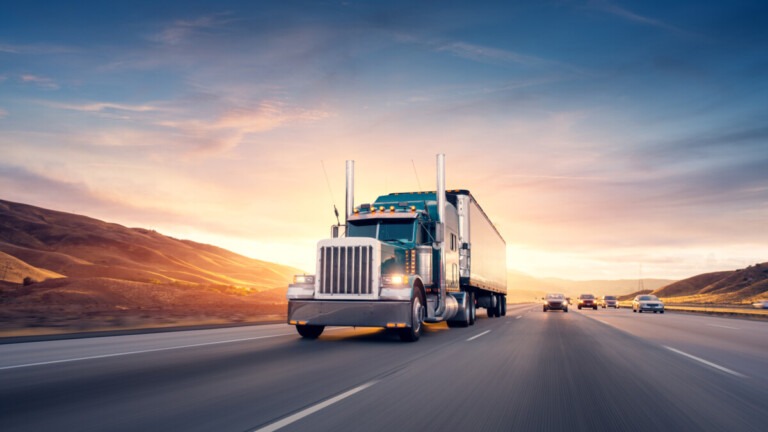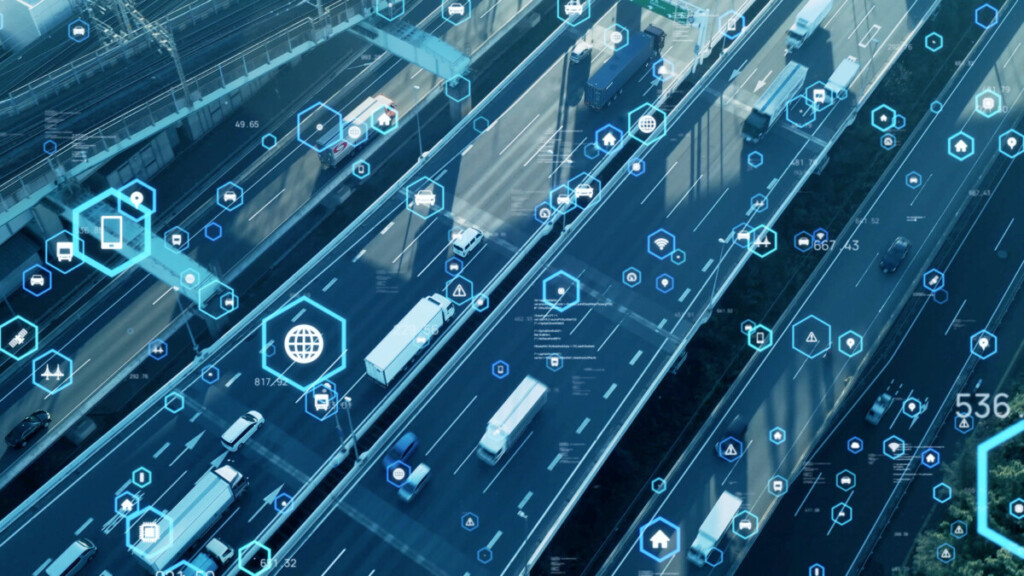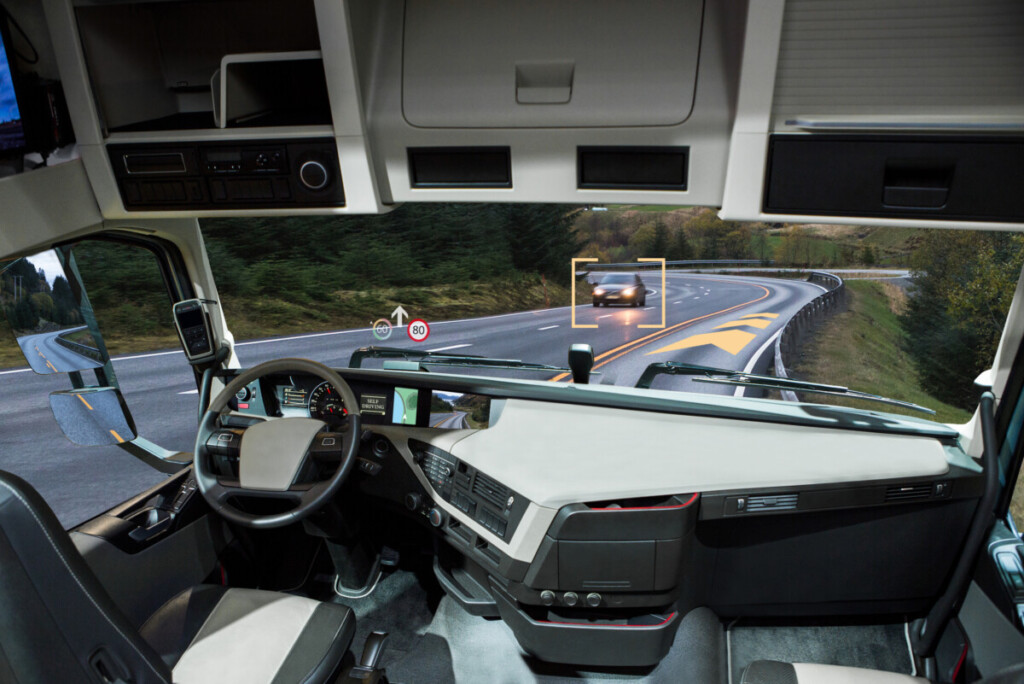How IoT in Trucking is Reshaping the Industry

As the world grows more connected, IoT devices are finding their way into virtually every industry. From hospitals to construction sites, to the classroom, smart devices are redefining the way the world works, and nowhere is that more clearly stated than in the trucking industry.
IoT in trucking can take many forms. Many trucks are required by law to employ Electronic Logging Devices, and IoT sensors are a key element of modern asset tracking. Beyond these obvious use cases, there are myriad potential applications for IoT solutions to reshape the trucking and logistics industry.
Let’s take a look at some of the ways IoT in trucking is helping to reshape the industry at large.

Telematics is Helping to Improve the Safety of Vehicle Fleets and Drivers
Telematics is the use of telecommunications technologies to track and study the performance of a vehicle. To accomplish this, fleet managers will outfit their vehicles with a variety of sensors to track everything from gas consumption to tire pressure to the rate of travel.
This data allows shipping and logistics companies to not only monitor their network of vehicles’ locations and performance but also to protect their equipment and personnel. Vital information about a vehicle’s performance can help inform maintenance schedules or even provide evidence of a driver’s innocence in the event of a roadside accident.
Telematics could also help make roadside assistance faster and more efficient. Sensor data can be used to diagnose an issue before responders arrive, allowing them to simplify discovery conversations and get right to work addressing the situation. The same applies to maintenance, as IoT data can allow for a more specific picture of what repairs are needed before the technician even arrives at the scene.
Shipping isn’t the only area seeing benefits from IoT in trucking, either. The construction industry has embraced telematics, with a recent survey suggesting that 86% of construction companies deploy some level of telematics. These companies can utilize performance metrics to study driver behaviors and create a “culture of safety” based on the best practices that emerge.
Using IoT in Trucking for Route Optimization
Telematics can feed trucking companies data that could help design more efficient shipping routes. In 2017, French design firm Faurecia introduced a wellness seat to monitor drivers’ heart rates and other biometric data. This information allows dispatchers unprecedented access to the impact that a particular route may have on a driver’s condition.
Learning triggers for fatigue or frustration could help dispatchers design more efficient routes. Noticing that a particular roadway is causing elevated heart rates in drivers, for example, could see dispatchers suggesting alternate routes, shorter shifts, or more frequent stops.
This data could also be used to identify problematic behaviors among drivers that impact time frames. If the data reveals longer stops or idle periods, for example, the company can coach or train drivers to correct these behaviors to maximize efficiency. Conversely, it could also identify problematic drivers that dispatchers may deprioritize on timely shipments.

IoT Empowers Autonomous Trucking
For many industry observers, autonomous vehicles (AVs) represent the end goal of IoT in trucking. Reliable autonomous vehicles are anticipated to remove many of the risks and challenges associated with human drivers. However, AVs have only recently begun to grow more accessible for public usage.
Across the globe, autonomous semi trucks are currently being tested and evaluated in advance of a wider rollout. Though AVs still require a human operator to be within the cabin, this is primarily a precautionary measure, as most vehicles being tested have achieved what is known as “level 4 autonomy.” This means that the trucks are perfectly capable of piloting themselves on prescribed areas of operation (such as familiar, well-trod routes).
The technology is emerging at an opportune time, as countries like the U.S. are currently facing a shortage of truck drivers. Recent results from testing have also suggested that driverless trucks may be more fuel efficient, a result rooted in the more consistent pacing of an AV, to say nothing of the added efficiency from vehicles that don’t have operators that require at least 8 hours of rest each day.
Already major organizations are embracing this new phase shift in transportation, with everyone from Walmart to FedEx putting their faith in IoT-empowered autonomous vehicles.
The Future of IoT in Trucking
As the trucking industry continues to grow over the coming years, technologies like IoT and AI are playing a big part in that growth. With over $2 billion in investments in technological logistics startups, a CAAGR of 11.3% on IoT-based asset tracking, and a maturing IoT in general, it seems clear that smart trucking is here to stay.
………………
Got a question for Soracom? Whether you’re an existing customer, interested in learning more about our product and services, or want to learn about our Partner program – we’d love to hear from you!





